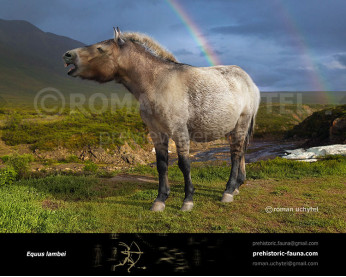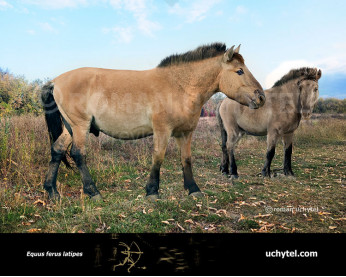Equus lenensis (Siberian Horse orYukagir Horse)
398398Pleistocene Siberian Horse, Chersky Horses, Yukagir Horse (†Equus lenensis (Russanov, 1968))
Order: Perissodactyla
Family: Equidae
Expansion: late Pleistocene-Holocene of Yakutia (Eastern Siberia)
Dimensions: 1,7 - 2,2 m in length, 130-140 cm in height, 200 - 365 kg of weight
Equus lenensis, commonly known as the Lena horse, is an extinct species of horse from the Late Pleistocene and Holocene of Siberia.
Remains attributed to the species display a considerable range of morphological variability. The horse had a small body size, with adult individuals estimated to have a body mass of around 300–365 kilograms with the mummy of an 8 year old adult male horse (the Selerikan mummy) having a height of 1.35 metres at the withers. The body proportions are comparable to those of living Przewalski's horses and the living domestic Yakutian horse breed, with a stocky build. Frozen specimens (including the Selerikan as well as the female Indigirka/‘Sana" and Bilibino mummies) indicate that they were covered in long and thick hair, with the coat colour being brown to light bay/dun, with a dark to jet black mane, with the lower parts of the limbs (cannons) being considerably darker than the rest of the body, with at least some individuals having a dark eel stripe running along the back.
Remains of plants found in the Selerikan mummy suggest that its diet included sedges, mosses and other herbaceous plants, as well as some woody plants, including birch and dwarf willow. Wear on the hooves of the Selerikan mummy suggests that it used its hooves to clear snow from the ground to feed on the underlying vegetation, as is observed in living Yakutian horses. Due to the freezing temperatures of Siberia, which can go as low as −70 °C, the species probably had physiological adaptions similar to those of living Yakutian horses allowing them to tolerate the extreme cold.
Pleistocene Siberian Horse, Chersky Horses, Yukagir Horse (†Equus lenensis (Russanov, 1968))
Order: Perissodactyla
Family: Equidae
Expansion: late Pleistocene-Holocene of Yakutia (Eastern Siberia)
Dimensions: 1,7 - 2,2 m in length, 130-140 cm in height, 200 - 365 kg of weight
Equus lenensis, commonly known as the Lena horse, is an extinct species of horse from the Late Pleistocene and Holocene of Siberia.
Remains attributed to the species display a considerable range of morphological variability. The horse had a small body size, with adult individuals estimated to have a body mass of around 300–365 kilograms with the mummy of an 8 year old adult male horse (the Selerikan mummy) having a height of 1.35 metres at the withers. The body proportions are comparable to those of living Przewalski's horses and the living domestic Yakutian horse breed, with a stocky build. Frozen specimens (including the Selerikan as well as the female Indigirka/‘Sana" and Bilibino mummies) indicate that they were covered in long and thick hair, with the coat colour being brown to light bay/dun, with a dark to jet black mane, with the lower parts of the limbs (cannons) being considerably darker than the rest of the body, with at least some individuals having a dark eel stripe running along the back.
Remains of plants found in the Selerikan mummy suggest that its diet included sedges, mosses and other herbaceous plants, as well as some woody plants, including birch and dwarf willow. Wear on the hooves of the Selerikan mummy suggests that it used its hooves to clear snow from the ground to feed on the underlying vegetation, as is observed in living Yakutian horses. Due to the freezing temperatures of Siberia, which can go as low as −70 °C, the species probably had physiological adaptions similar to those of living Yakutian horses allowing them to tolerate the extreme cold.

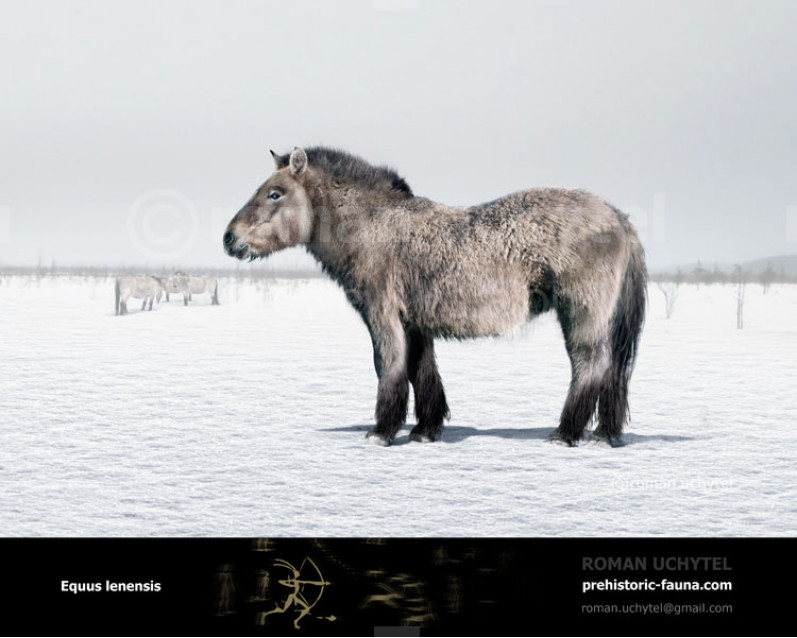
-797x638.jpg)
-797x638.jpg)
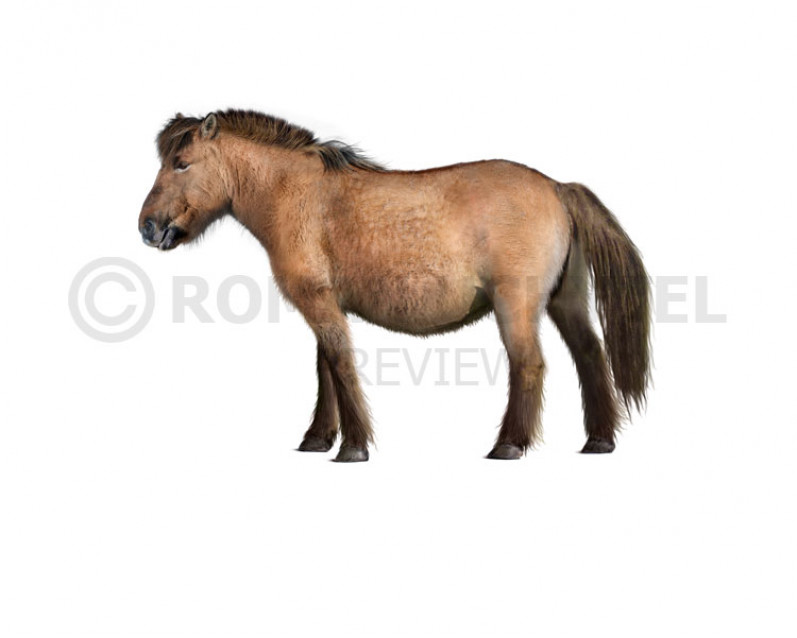
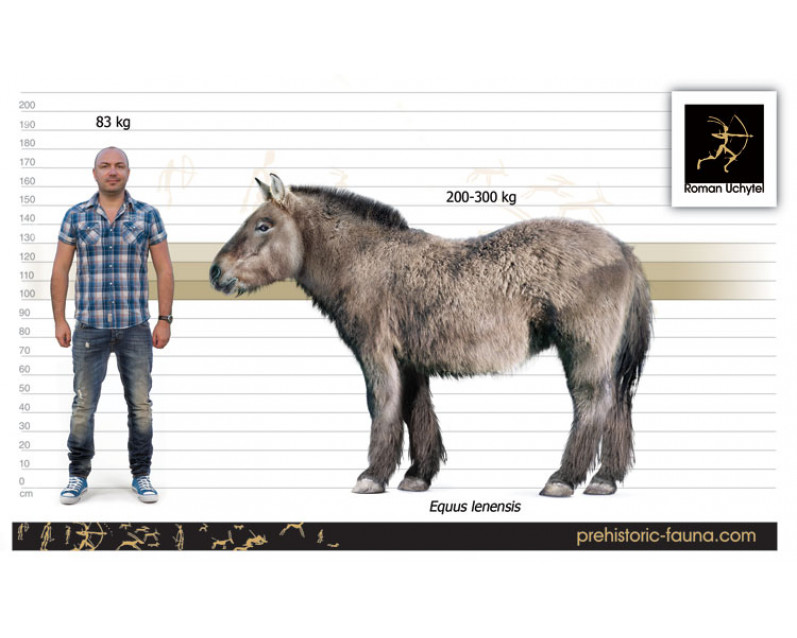

-70x56.jpg)
-70x56.jpg)


-346x277.jpg)

1-346x277.jpg)
